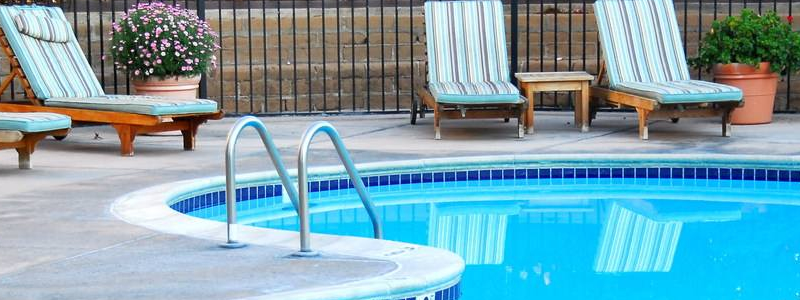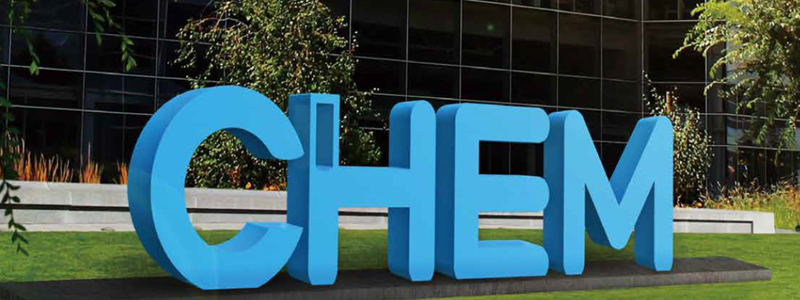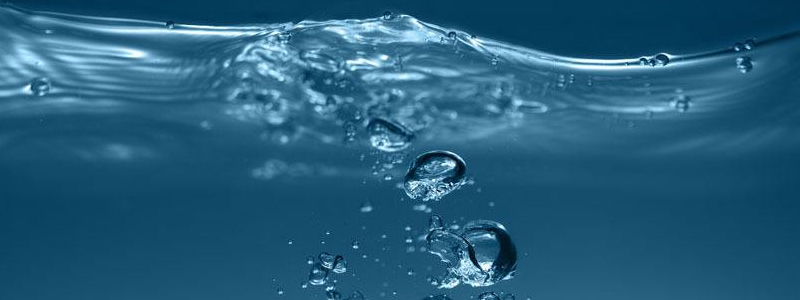
Polyaluminum Chloride Flocculates By Adsorption Bridging
Polyaluminum Chloride Flocculates By Adsorption Bridging
Polyaluminum chloride, as a high-quality water purification agent, has good flocculation effect in water treatment. The flocculation of polyaluminum chloride is completed by the adsorption bridging between polyaluminum chloride molecules. So what is the adsorption bridging of polyaluminum chloride?
The adsorption and bridging of polyaluminum chloride refers to the adsorption and bridging of high molecular substances produced by hydrolysis of polyaluminum chloride. Generally, polymer flocculants have linear molecular structure, and there are groups on the molecular chain that can combine with suspended particles. When polyaluminum chloride contacts with suspended particles in wastewater, the groups and suspended particles are adsorbed and combined, while other parts of polymer continue to combine with suspended particles, forming the role of bridge. In the process of this action, because a large number of suspended particles are adsorbed and will not disperse, large alum deposits appear, achieving good flocculation effect. If less suspended particles can not form precipitation after adsorption bridge, then the groups on the molecular chain will combine with other polyaluminium chloride molecular groups to form a large precipitate.
Therefore, when polyaluminum chloride is used, it is not allowed to use violent stirring, otherwise the sediment after bridging will be easy to break and redistribute in the water, which will affect the flocculation effect of polyaluminum chloride. Generally, after adding polyaluminum chloride, appropriate stirring is selected to make it fully mixed and wait.
For more information, please contact:
TIAN@CHEM.NET
 Previous
Previous  Next
Next Get answers and advice from people you want it from.